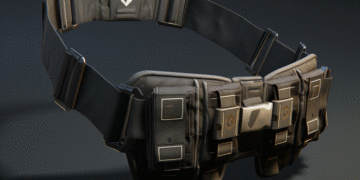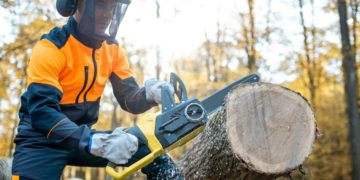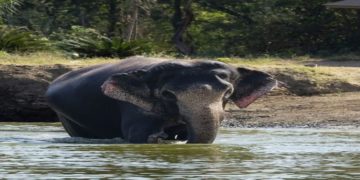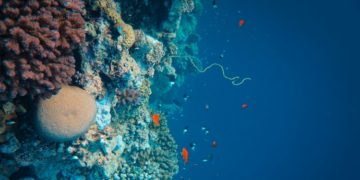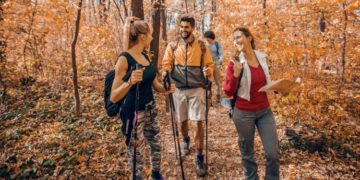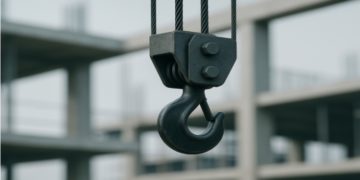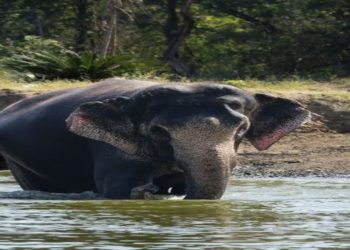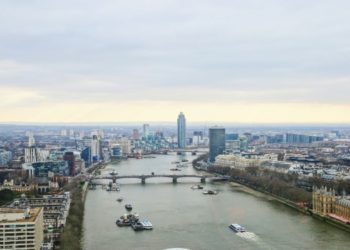Most of us rely on our phones for just about everything these days. For example, if you want to check directions, you simply open the Google Maps app and put in the location. It’s so easy and convenient, no? Of course, it is—as long as you have power, are connected to a network, and your phone works fine. But phones can die easily. You need a signal and a charger to stay connected. What is the solution to this problem if you are out on an adventure in remote areas?
That’s where orienteering comes in—a skill that’s been around way longer than smartphones. It’s the old-school way of finding your path using just a map and compass. And honestly, it’s a skill every hiker should have in their back pocket. Imagine how people used to travel without the help of phones and navigation apps.
So, What Is Orienteering?
At its core, orienteering means using a map and compass to figure out where you are and where you’re going. It’s like being your own GPS. This technique has been used for ages. People—including explorers, soldiers, and adventurers—used it, all without the help of satellites.
Why It Still Matters Today
1. Technology Can Fail
Phones run out of battery. GPS signals drop. Screens crack. And let’s be honest—sometimes apps are just plain wrong.
When tech fails (and it does), your map and compass won’t. They don’t need charging. They don’t rely on a signal. They just work. These have been used for centuries and are much more reliable in all weather conditions.
2. It Makes You More Aware
Using a compass and map forces you to pay attention to your surroundings. You notice landmarks. You learn how the land flows. It connects you to the trail in a way tech doesn’t.
You’re not just following a dot—you’re reading the land. That’s powerful. Honestly, this is a great skill to learn. It’s worth knowing how to use a compass.
3. It Can Keep You Safe
Getting lost in the wild is no joke. Using a map and compass can help you find your way back. They keep you calm and prevent a fun hike from becoming a survival situation. I always carry a compass with me and never worry about getting lost, even on new routes.
Learning Orienteering Isn’t That Hard
You don’t have to be a scout or survivalist to learn orienteering. Here’s how to get started:
● Grab a topographic map of the area you’re hiking. These maps show elevation, trails, rivers, and more.
● Get a basic compass. You don’t need anything fancy.
Learn the basics:
● How to read the map
● How to find your direction (called a bearing)
● How to match the compass to the map
● How to spot landmarks and use them to stay on track
There are tons of free videos and guides online. Join a local orienteering club. They host fun events and courses for beginners.
How to Choose a Compass for Hiking
Picking the right compass for hiking is crucial, especially off-trail. Here’s a quick guide to help you choose the right one:
1. Baseplate Compass vs. Lensatic Compass
● Baseplate Compass: This is a popular option for hiking and map reading.
● Lensatic Compass: Military-style and perfect for precise bearings. It may be too much for casual hiking.
Features to Look For
● Clear Baseplate: So you can see the map underneath.
● Rotating Bezel: For setting bearings (usually 360° marked).
● Direction of Travel Arrow: Points the way to go.
● Declination Adjustment: Super useful! Let me correct the difference between magnetic north and true north.
● Magnifying Lens: Handy for reading small map details.
● Ruler/Scales: Helps with measuring distances on a map.
Final Thoughts
Orienteering isn’t about ditching your phone. It’s about having a backup plan and learning a skill that could make all the difference one day. It makes you a smarter, more confident hiker.And honestly? It’s kind of fun. So next time you hit the trail, bring a map. Pack a compass. Practice a little. Because in the wild, it’s always better to know where you are—not just hope your phone does.
David Prior
David Prior is the editor of Today News, responsible for the overall editorial strategy. He is an NCTJ-qualified journalist with over 20 years’ experience, and is also editor of the award-winning hyperlocal news title Altrincham Today. His LinkedIn profile is here.










